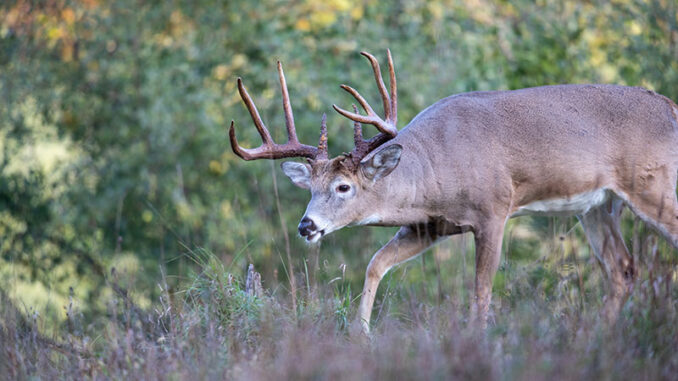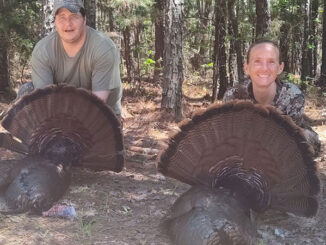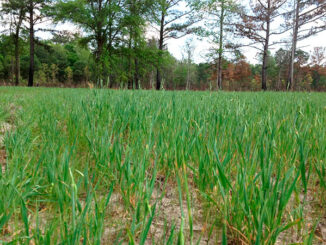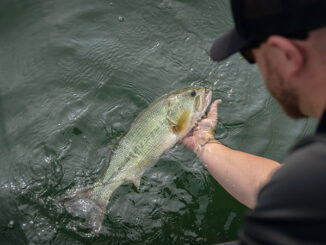
The whitetail deer (Odocoileus virginianus) is an iconic species of deer found throughout North America. Known for the distinctive, fluffy white underside of its tail that it displays when startled, this animal is the most widely hunted of all game species throughout the American south.
These deer are medium-sized herbivores, with males typically weighing between 150 to 225 pounds, and standing around 36 inches at the shoulder. Females are slightly smaller.
Their reddish-brown coats blend seamlessly with their forested habitats and change with the seasons, turning to a more grayish hue in winter. Males are known as bucks, and sport antlers on their heads. They shed and regrow antlers annually. These antlers play a pivotal role in territorial disputes and mate selection.
Females are known as does, and are also sometimes called nannies. They can begin reproducing at very young ages, usually as yearlings, but the availability of nutritious food sources play a big role in breeding, and can hinder does from giving birth until they are 21/2-years-old or even older.
Females usually mate with more than one buck during a single estrous period, so multiple fawns from the same litter often have different male parents.
Most whitetail deer have a relatively small home range, and they often expand their range as they mature. The majority travel less than 5 miles from their place of birth, but some have been known to travel as much as 30 miles.
Hunters choice
Of all game animals, whitetail deer are the top choice of hunters across the southeast. In most southeastern states, deer hunting season is the longest of all their hunting seasons, mainly due to the high population of deer. It is also the most economically important, with deer hunters spending considerably more money on everything from rifles, clothing, stands, blinds, ATVs and other accessories, than they do in the pursuit of any other animal.
These deer are fairly social animals for most of the year, with bucks becoming more isolated during peak breeding seasons, mingling with other deer only in the pursuit to breed. Females stay social until they are pregnant, when they will often drive others away from them and retreat to fawning areas, where they typically remain for about 8 weeks, re-forming their group behavior once their fawns become socially able.





Be the first to comment